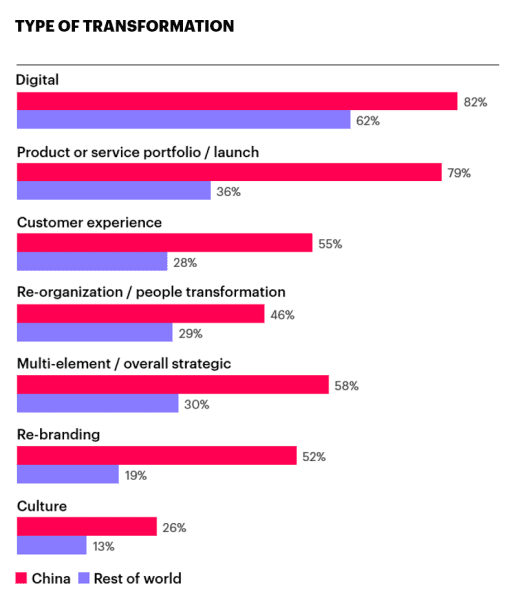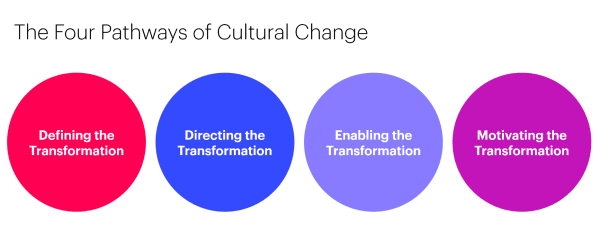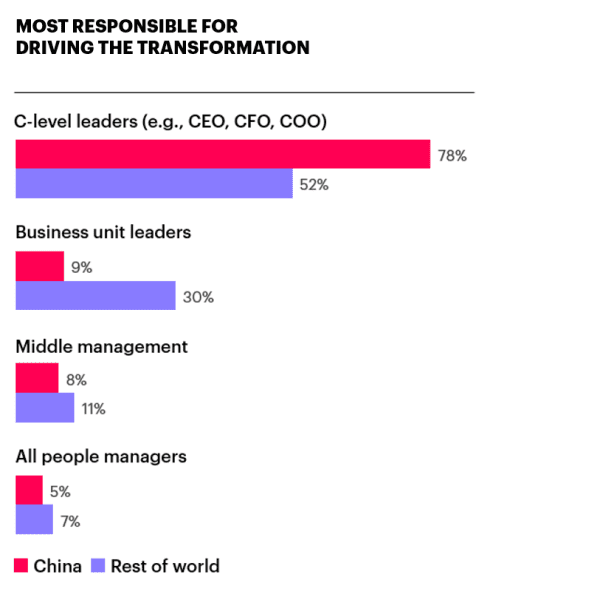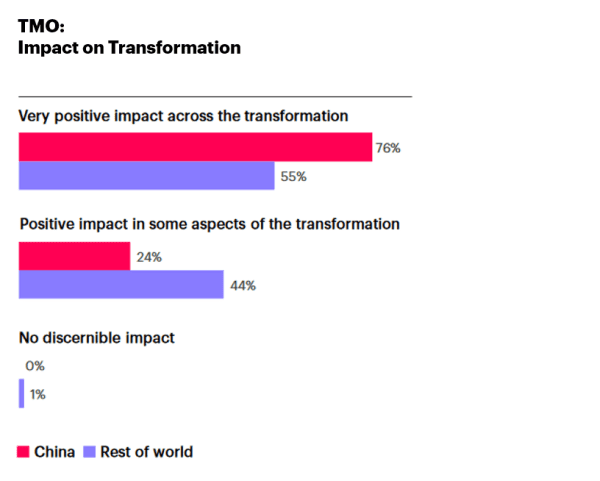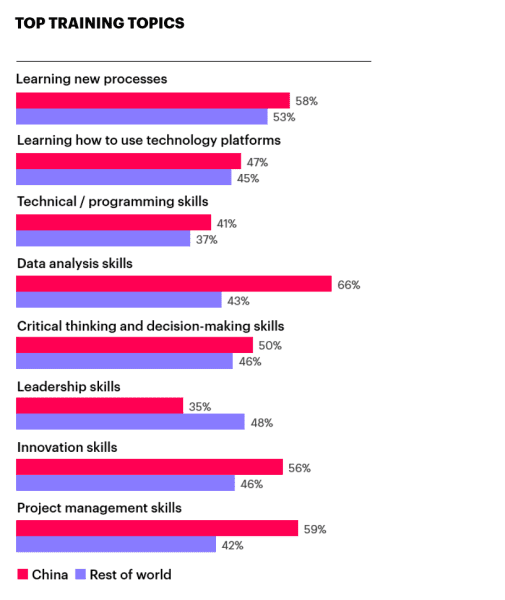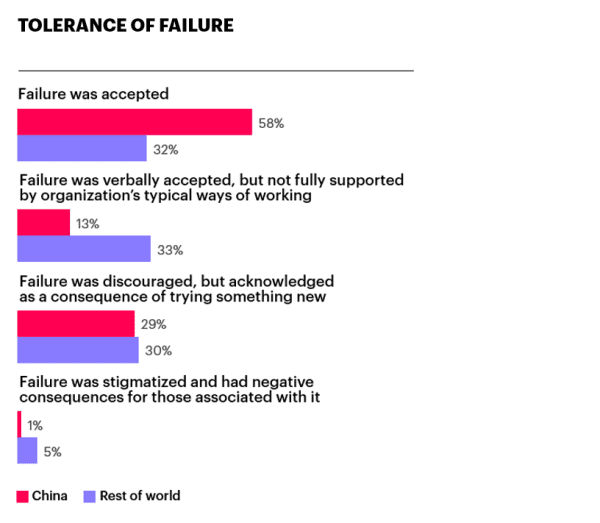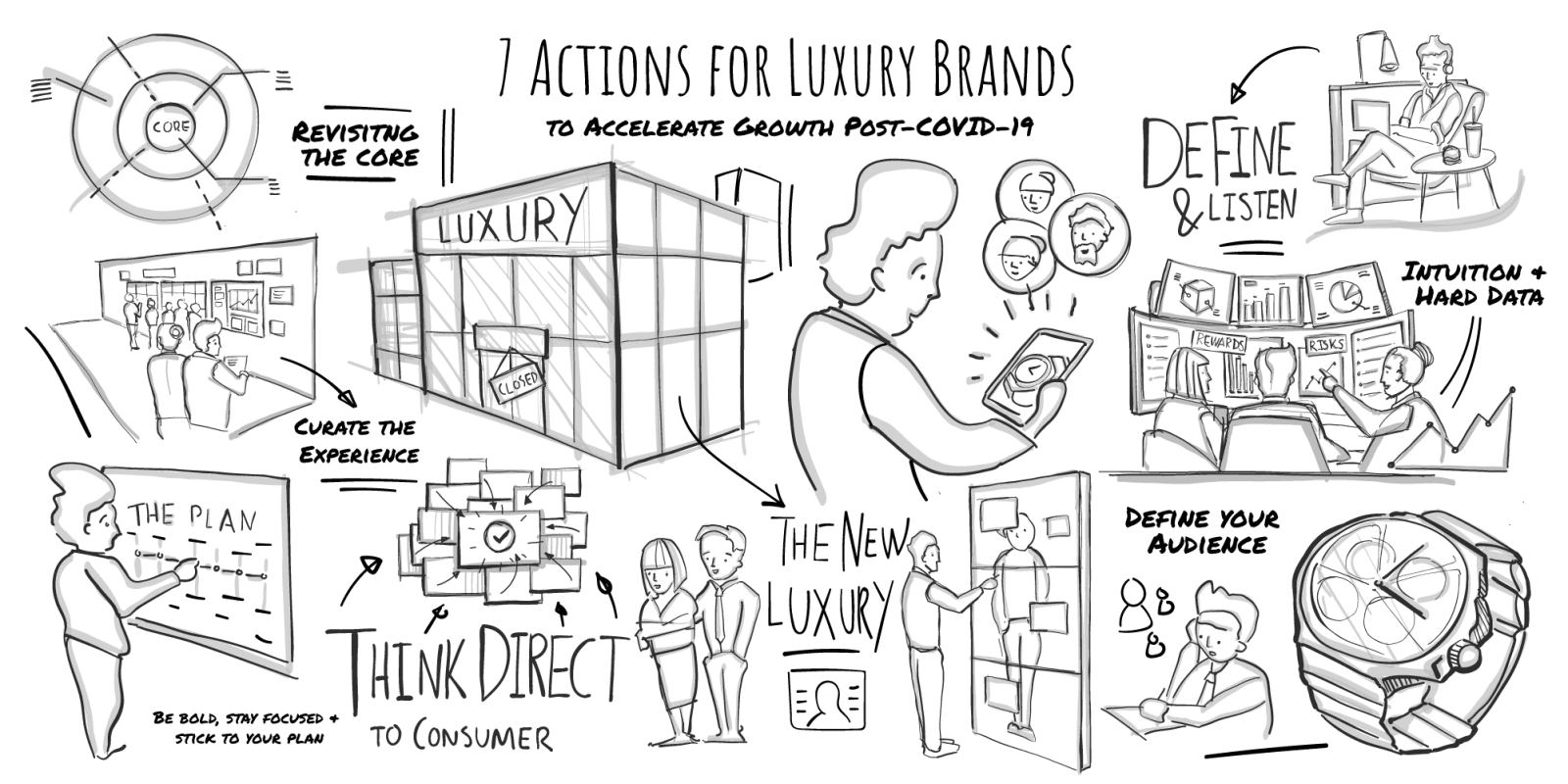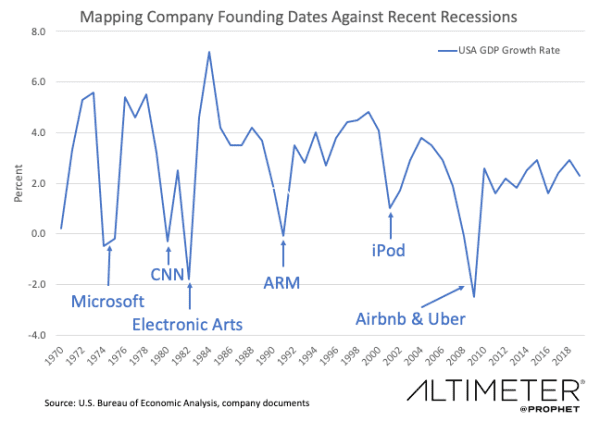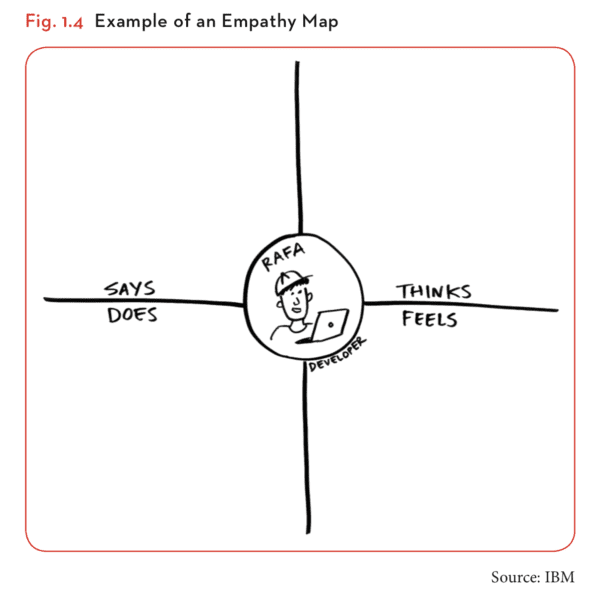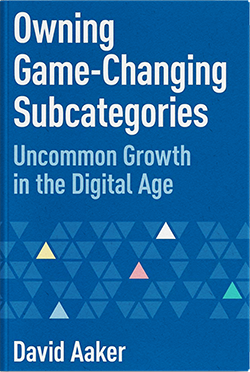BLOG
David Aaker on COVID-19 & Its Implications for Brands
As consumers value the basics more, companies promising simplicity and reliability have a new advantage.
Branding expert David Aaker recently launched his 17th book, Owning Game-Changing Subcategories: Uncommon Growth in a Digital Age. Associate Partner Bernhard Schaar from Prophet’s Berlin office spoke to Prophet Vice Chairman David Aaker to discuss the background of his new book, his perspectives on COVID-19 and its implications for brands and branding.
Bernhard Schaar: Your latest book, “Owning Game-Changing Subcategories: Uncommon Growth in the Digital Age,” explores why growth is so important for companies. Could you explain briefly why that is and what you mean by the term “uncommon growth”?
David Aaker: Growth is healthy because it brings benefits to different stakeholders. For customers, it generates reassurance and credibility and often energy and excitement as well. For organizations, it represents momentum—growth creates growth. For employees, it represents opportunity, pride in the organization and even meaning in work-life—the absence of growth can be discouraging or even depressing and job-threatening.
BS: What are the key learnings you would like readers to get from your book?
DA: I would highlight four main learnings.
- First, real growth comes from new subcategory creation defined by attributes that customers view as “must haves”, not from a “my brand is better than your brand” strategy. Competing only on incremental improvements is no longer enough.
- Second, to grow you need to become the exemplar brand of the subcategory, to position, scale and build barriers.
- Third, brand communities are an important way for customers to become involved in the subcategory and bond with the brand and others who share a common interest and/or activity.
- Fourth, digital has put subcategory creation on steroids, with the rapid acceleration of e-commerce, social media, live streaming, O2O and Internet of Things (IoT).
BS: Let’s talk about each of these to better understand your perspective. What do you mean with subcategories and why are they important for growth?
DA: A key element to successful subcategory competition that is ignored in most innovation and strategy books is branding. I wanted to introduce brand into the arena of strategic innovation and market disruption. An exemplar brand has three jobs in addition to refining and testing the “must haves”:
- It needs to position the subcategory, making the “must haves” visible.
- It needs to be scaled to create the momentum of fast growth,
- It needs to create barriers, one way of doing that is storytelling – which, by the way, was treated in my previous book “Signature Stories” in great detail.
BS: You mentioned branded communities as one of the key insights of your book. What role do they play in helping brands to own a subcategory?
DA: Branded communities are groups of people that bond because of shared involvement in some activity or interest area connected to a brand. Brand communities create or enhance brand relationships, add energy and involvement, provide credibility and build barriers to competitors. It is hard to draw a customer away from a brand community they are engaged in to another. Nike, for example, has built a strong brand community of sports lovers who share the same passion and aspirations. It has been built in part by integrating its digital platforms to connect and engage. Its agility and creativity was shown when it rapidly launched its virtual workout classes via their Nike Training Club app.
BS: What has been the impact of digital on the creation of new subcategories?
DA: Creating new subcategories has always been, with rare exceptions, the only path to real growth. But the arrival of digital in the last two decades has put subcategory creation on steroids. They are now more frequent, they grow much faster and they have more upside, by a big margin. In the digital era, a huge number of subcategories have been generated or enabled by:
- The Internet of Things (IoT) has created smart homes with products like the NEXT thermostat and forced manufacturers like Bosch to adapt by adding digital features to their product portfolio. Other technological advances such as GPS, which has enabled Uber and the expanded Internet, made the iPhone and thousands more products possible.
- E-commerce. Entrepreneurs no longer face the barrier of getting into retail or creating a salesforce. Brands like AirBnB globally, or fashion brands like Zalando, or digital pioneers like eBay and online automotive retailer Mobile Dealer have enjoyed almost instant distribution and access to markets.
- Social media. For some that are skilled and lucky in using social media and websites it can replace months of planning and a huge media budget with fast and sometimes very inexpensive communication. Dollar Shave Club started with a video that cost $5000 and attracted 12,000 members in two days starting a firm that was sold four years later for one billion dollars.
BS: What recommendations do you have for brand executives to achieve uncommon growth through owning game-changing subcategories?
DA: In the start-up world, this thinking is fundamental to their business – they are doing exactly that already. But large established firms need to prepare for this new reality by keeping up with technological development, adapting their distribution to include e-commerce and becoming good at communication in the digital age. Strategically, there needs to be a realization that the best path to growth is now owning new subcategories that change the customer experience or brand relationship.
BS: Your book was written pre-COVID-19 but as we are moving towards a New Normal, we can see changes happening and priorities shifting both on the consumer and brand side. What is your point of view on this? How have consumers and their expectations changed?
DAa: There are a host of changes in behavior caused by the crisis – among others, people are valuing the basics more. The search for simplicity and reliability is more pronounced. More fundamentally, peoples’ values and acknowledging what is really important to them have changed. Social contacts, trust, authenticity, higher purpose and keeping safe have all been dialed up. Some of these changes will represent opportunities for new ways of serving customers.
BS: What is keeping brands from doing this? What can, for example, companies do to create and own more of these game-changing subcategories you highlight?
DA: This is probably an organizational issue. Much of what we, at Prophet, talk about in management culture and digital transformation applies. The basic problem is that established businesses within big firms are generating strong profits and have financial and political control over budgets and strategies. They are really adept at operations, making incremental improvements in offerings and marketing and showing positive return for those improvements. They are also good at pointing out flaws in strategies that have not been fully developed and tested. As a result, moonshots get killed or starved.
“Uncommon growth is growth that is substantially higher than the expected growth year-to-year. It is out of the ordinary.”
A good way to move ahead is to protect the future efforts by creating a new subcategory and giving a separate budget, and perhaps even a separate organization, that physically is separated from the core organization. A flat organizational structure can also help. Additionally, a firm can work on its culture and decision-making process to allow the innovation around new subcategories to live or even thrive. The measurement of people needs to reflect a risky mission and should not be mainly geared to running the existing business well. Game-changing subcategories don’t create themselves; you need to find and promote them.
BS: Do you have any final thoughts you would like to share?
DA: In regular times, and even more so in challenging times such as today, those brands that disrupt the marketplace by creating new subcategories that are anchored on a set of “must haves” and effective exemplar brands are the ones that will continue to achieve uncommon growth. If a loyal brand community can be developed, then success will be assured.
FINAL THOUGHTS
In the future, the successful brands, in my view, will often be those that are agile and flexible, have employed digital effectively, are truly empathic and have a higher purpose and find ways to connect with customers in a meaningful and involving way.
Want to interview Dave or feature him on your next podcast? Please connect with David Aaker directly.
Explore how David Aaker and Prophet can help your business create game-changing brands that resonate with both your customers and employees.


